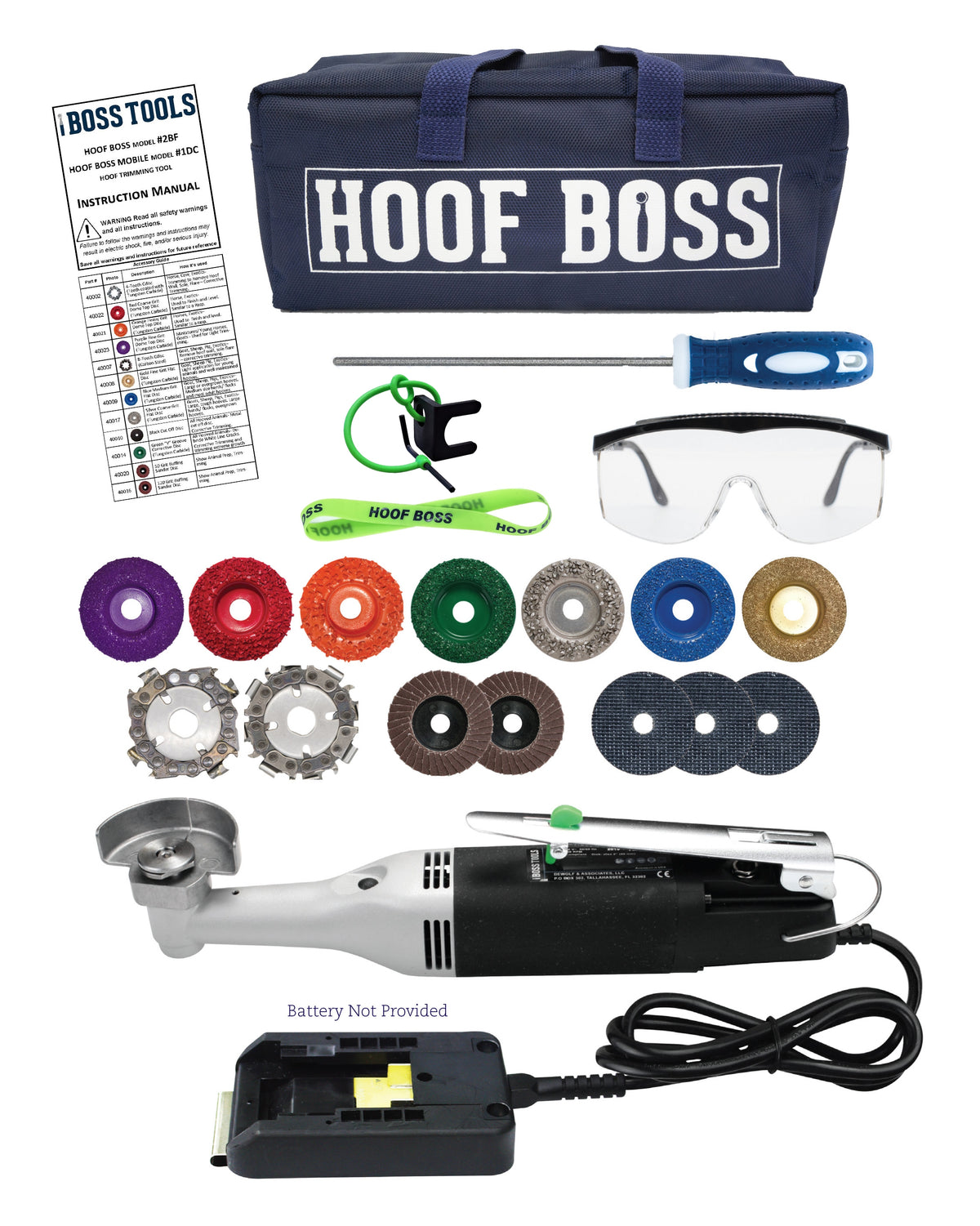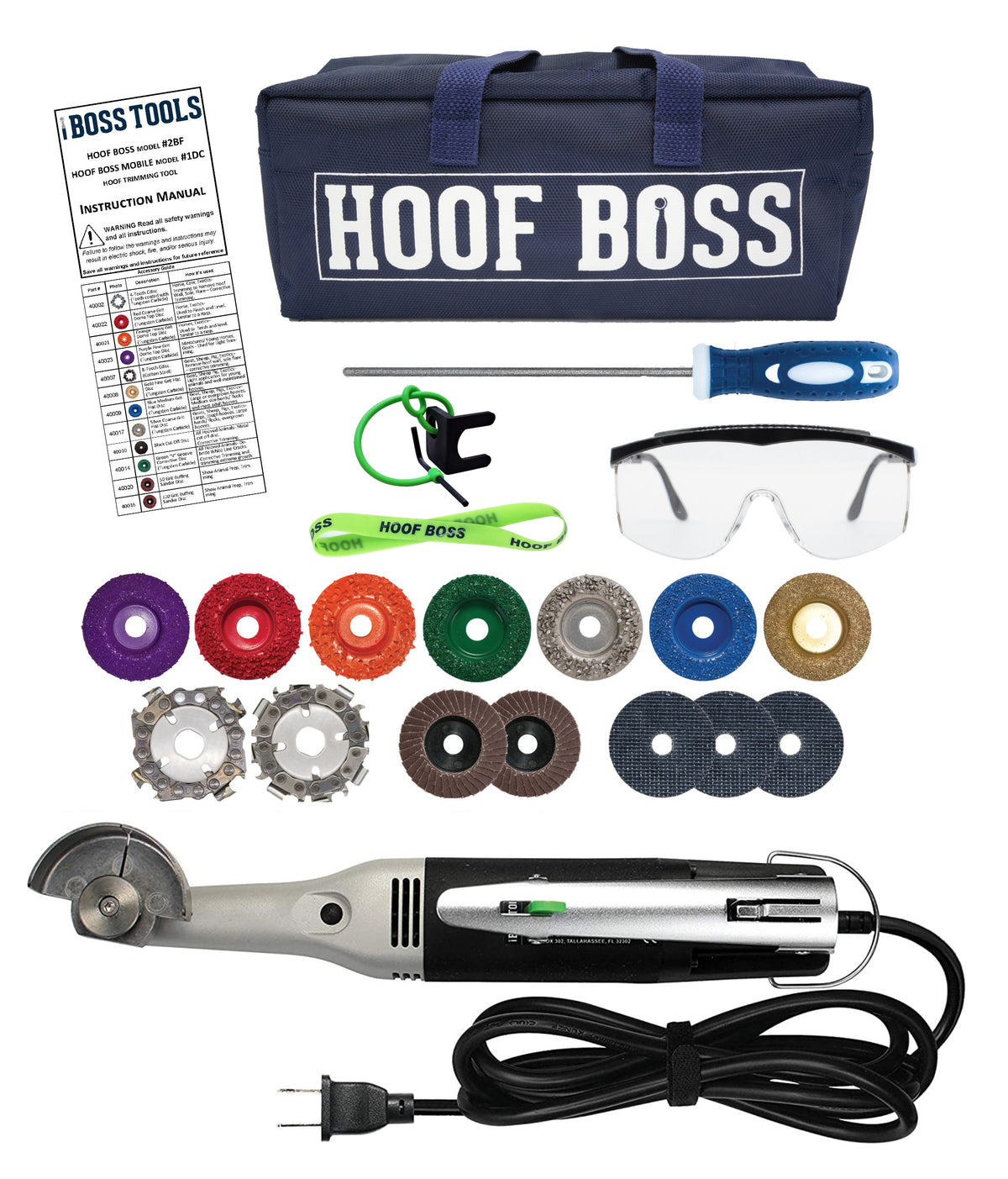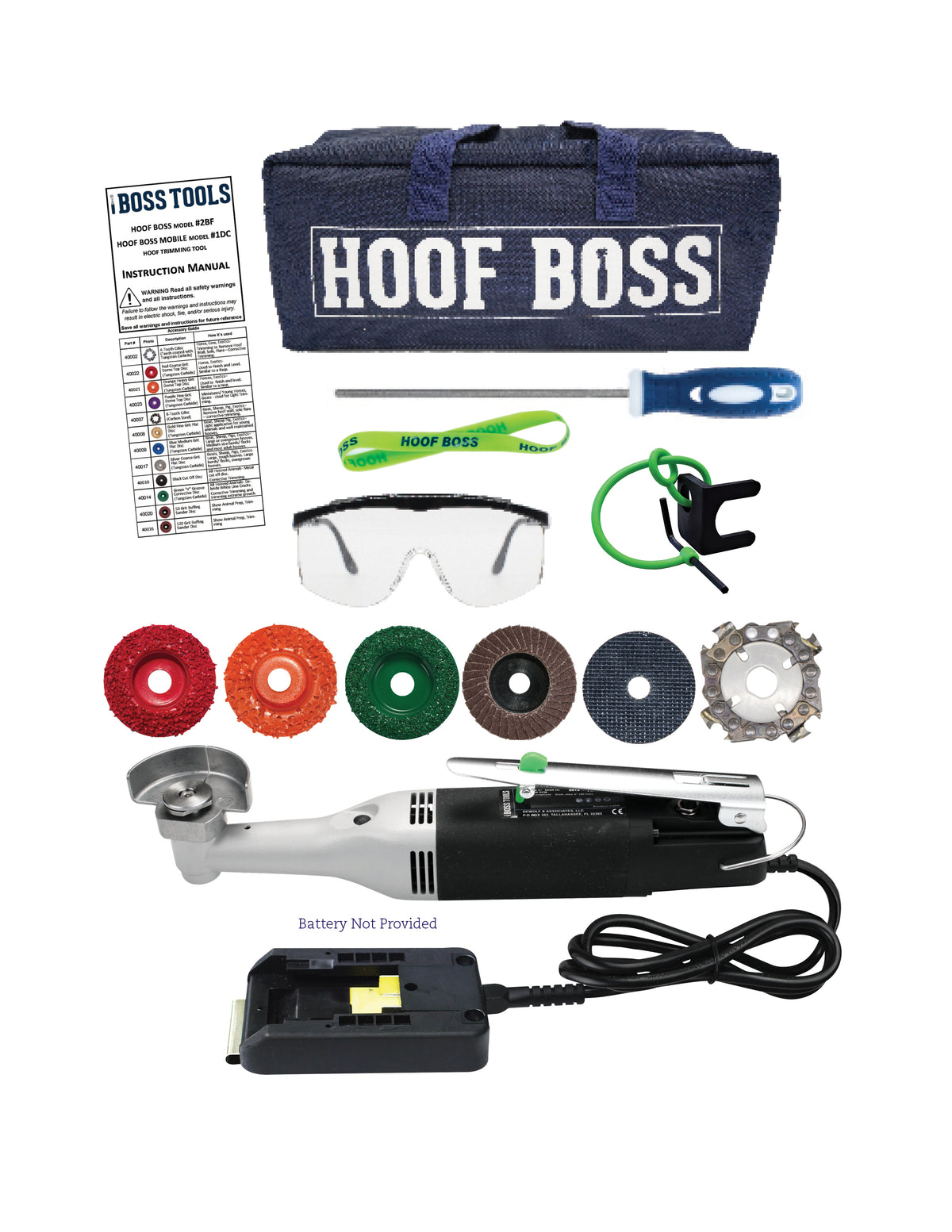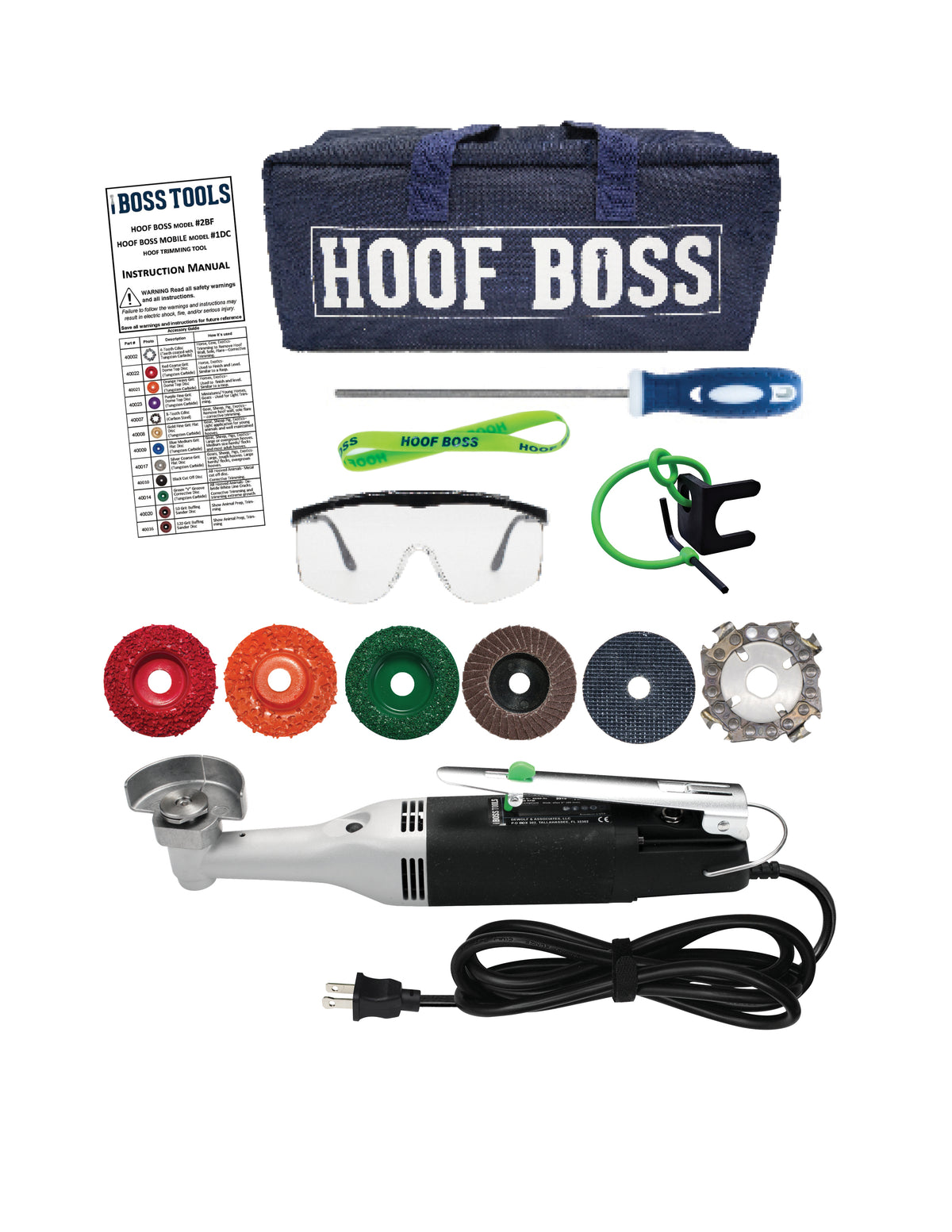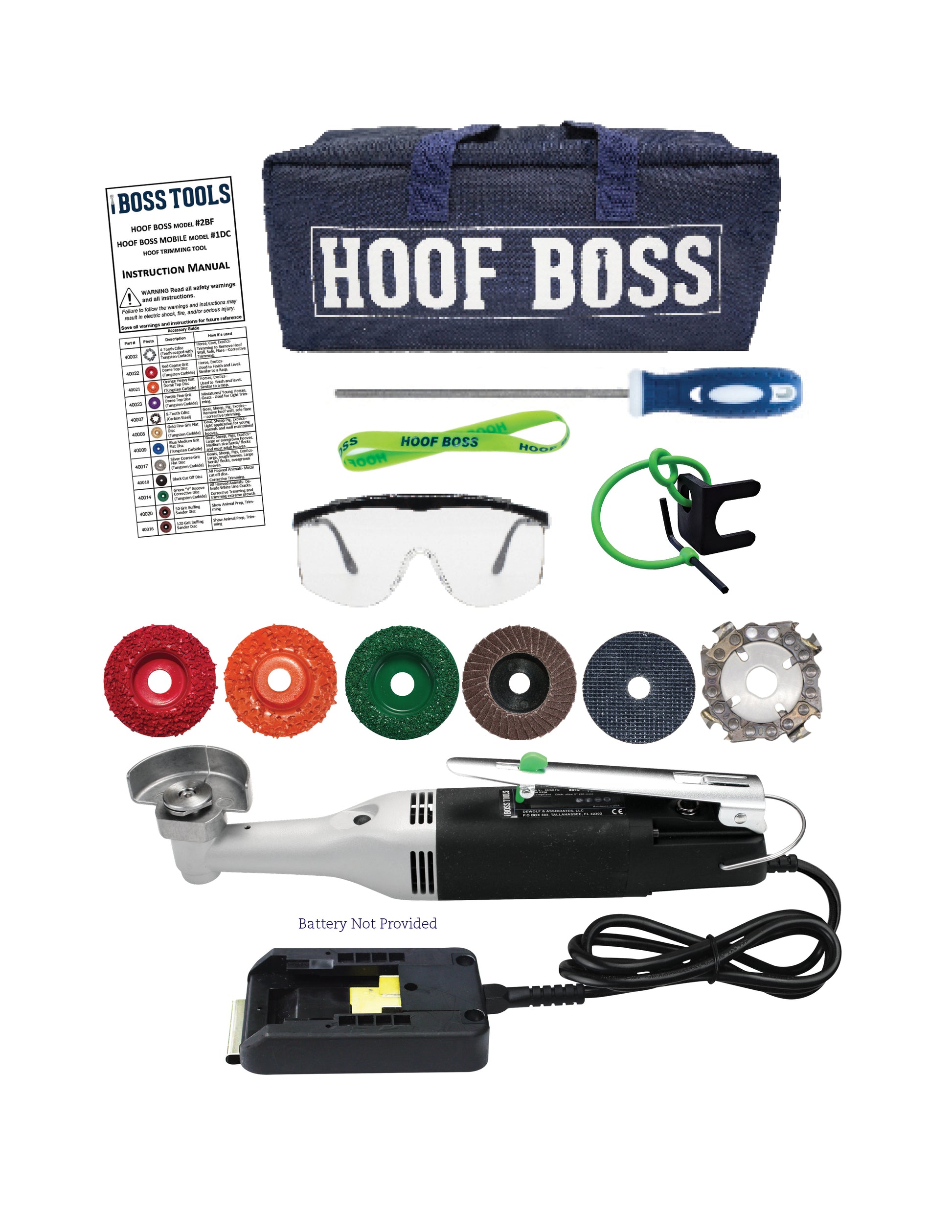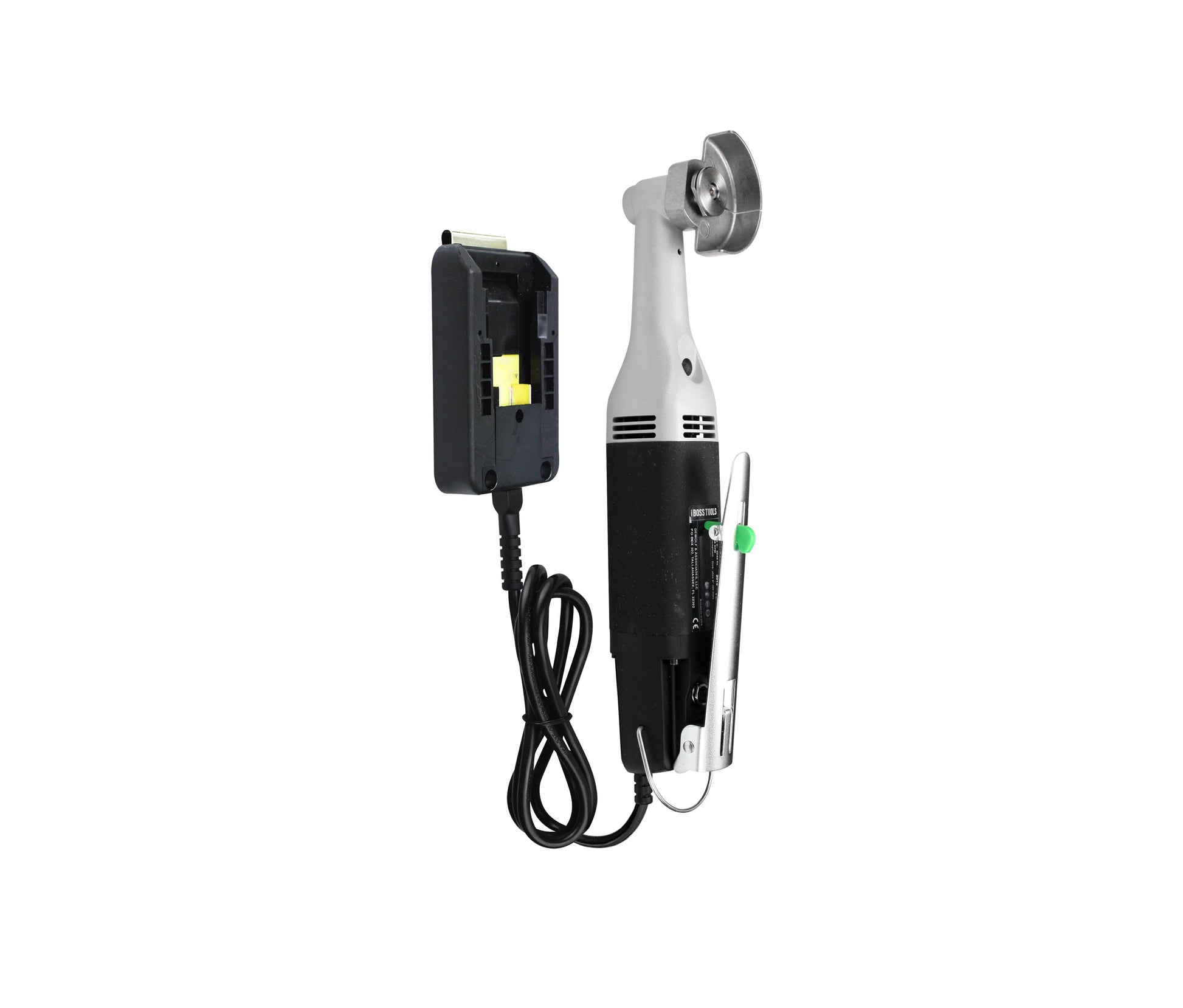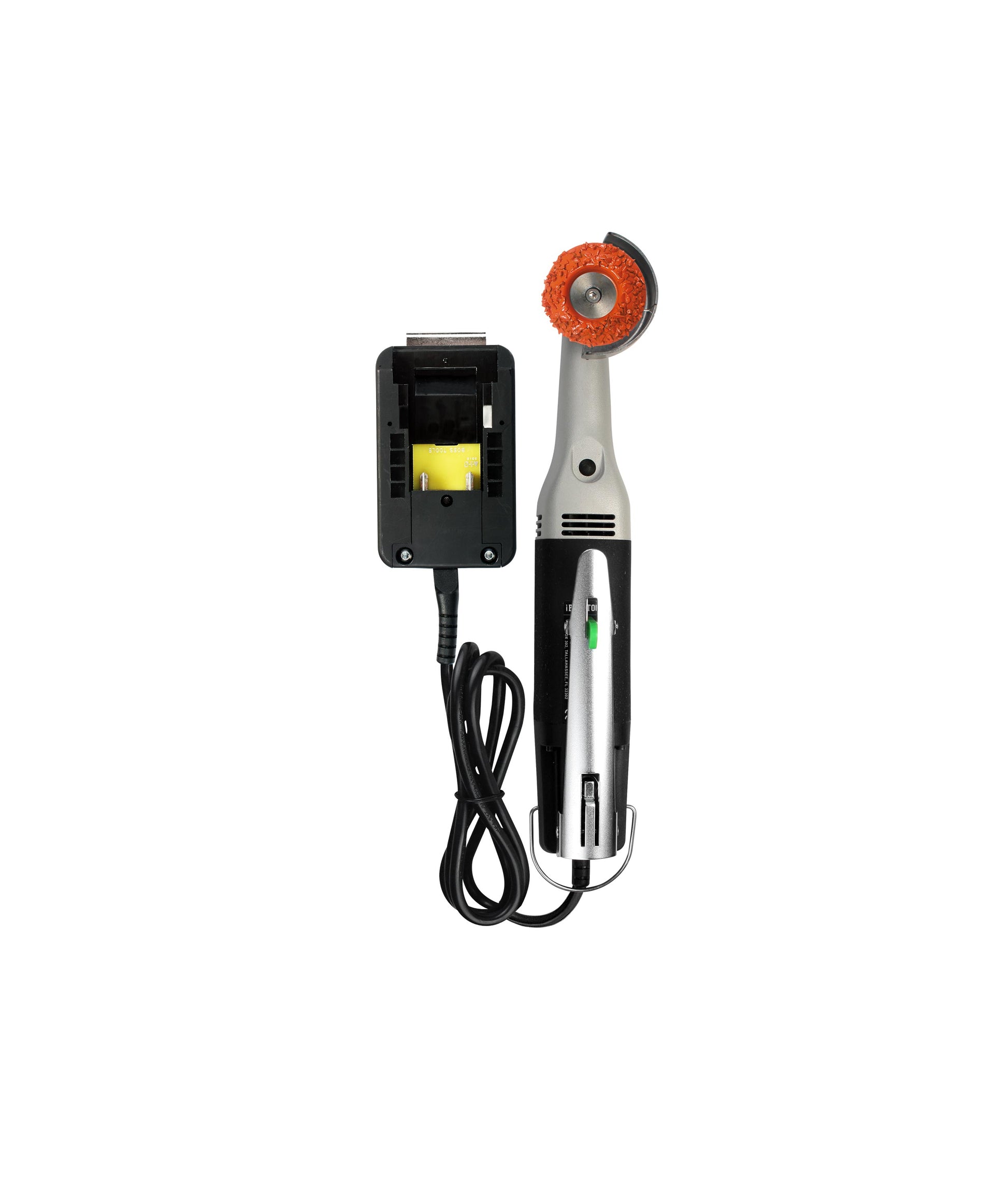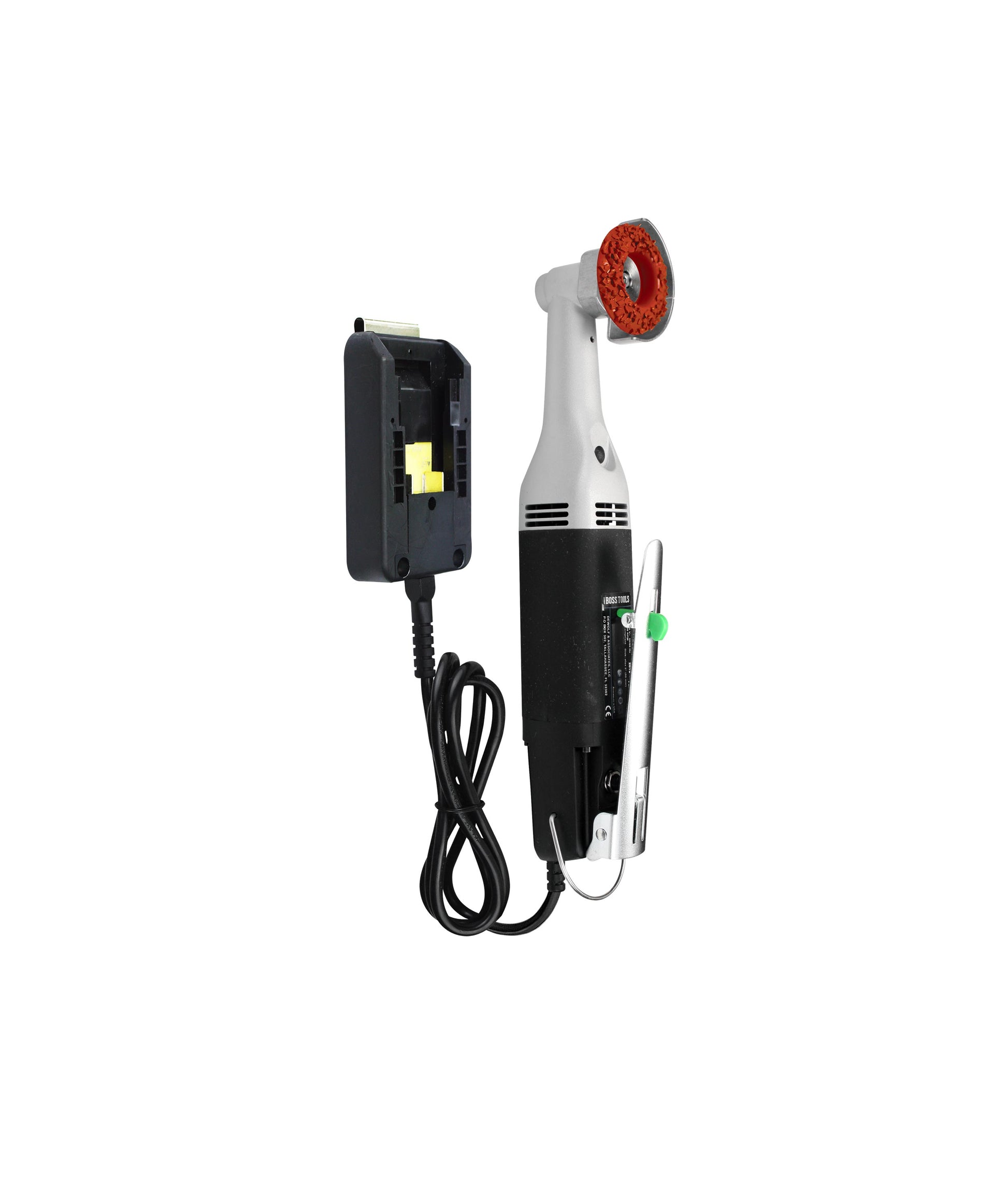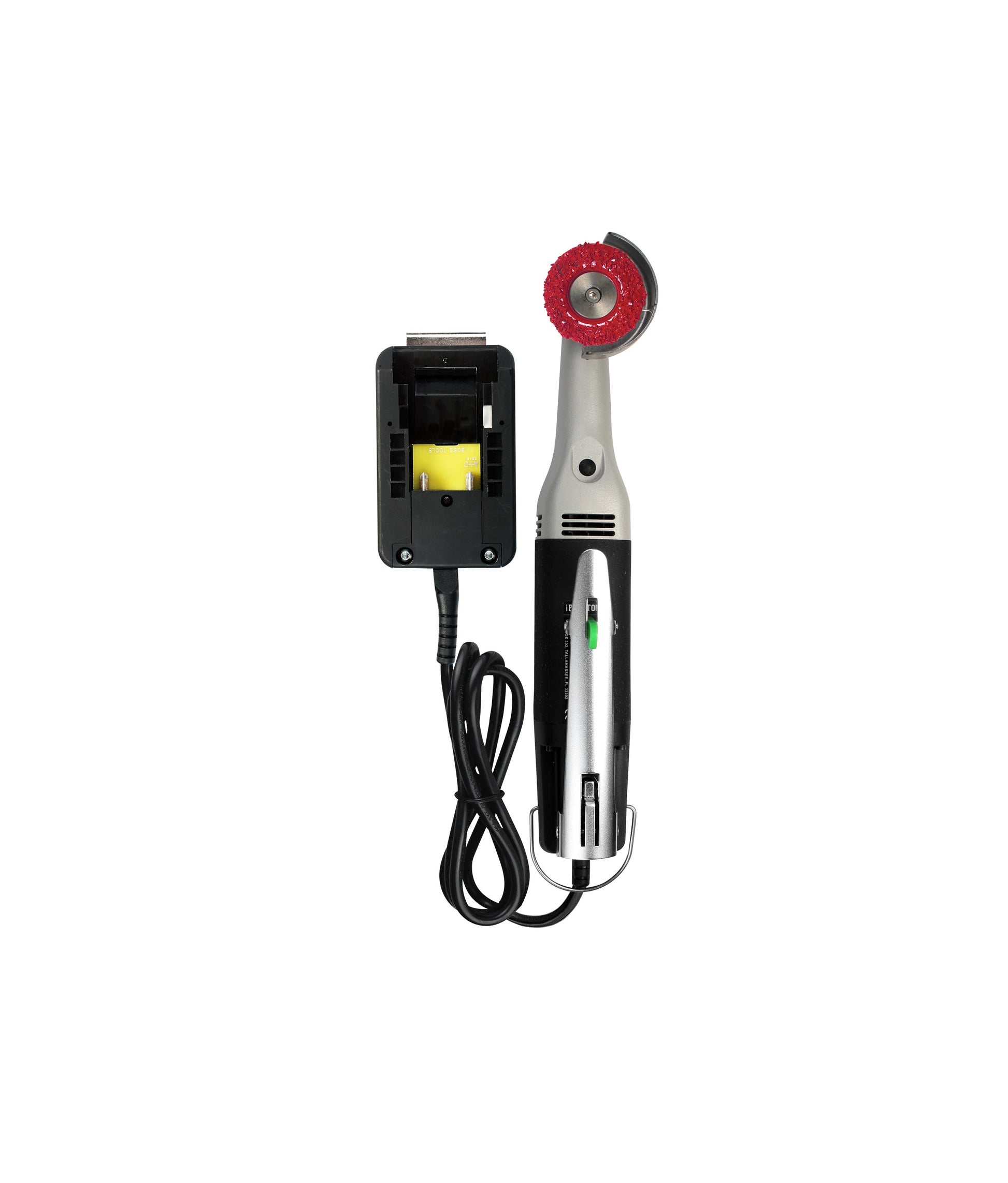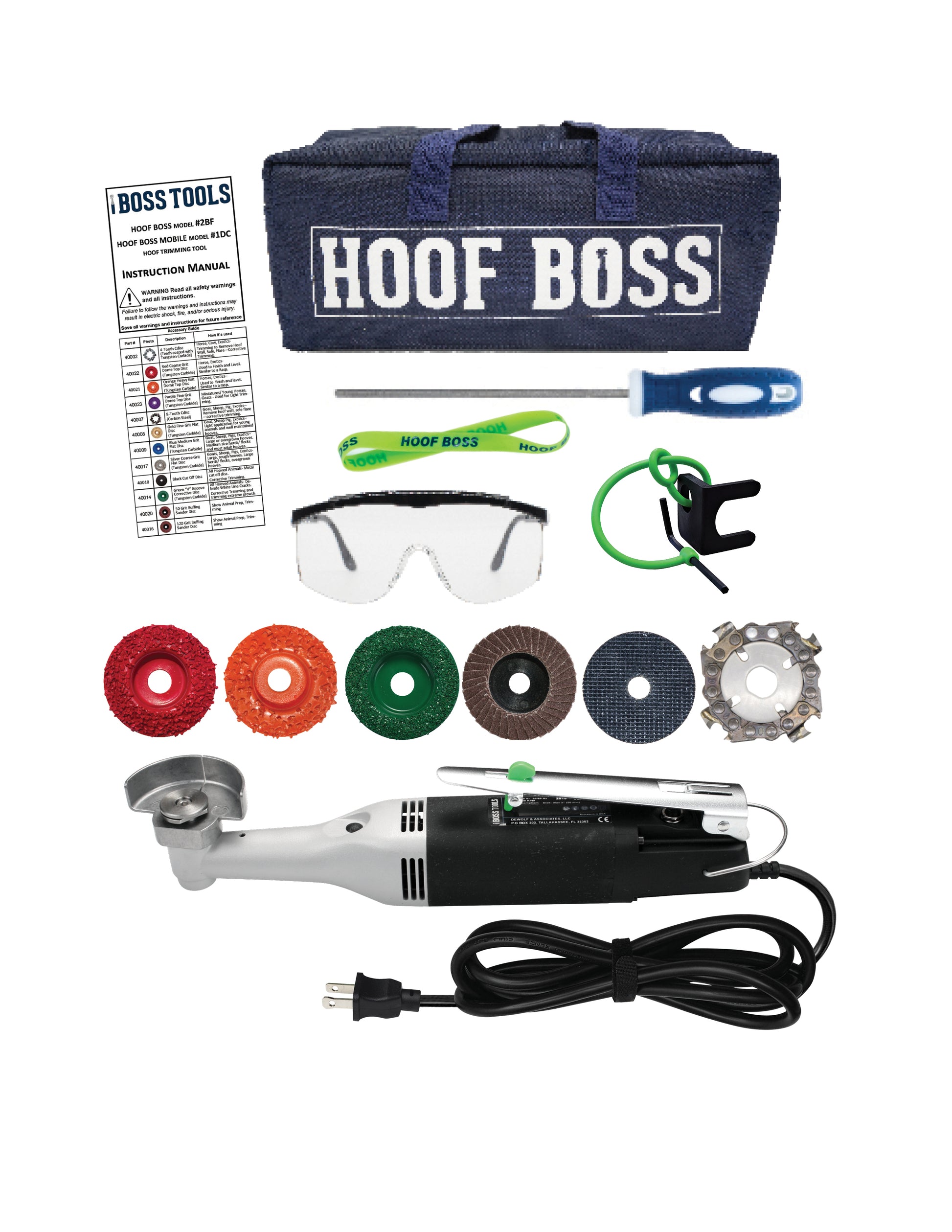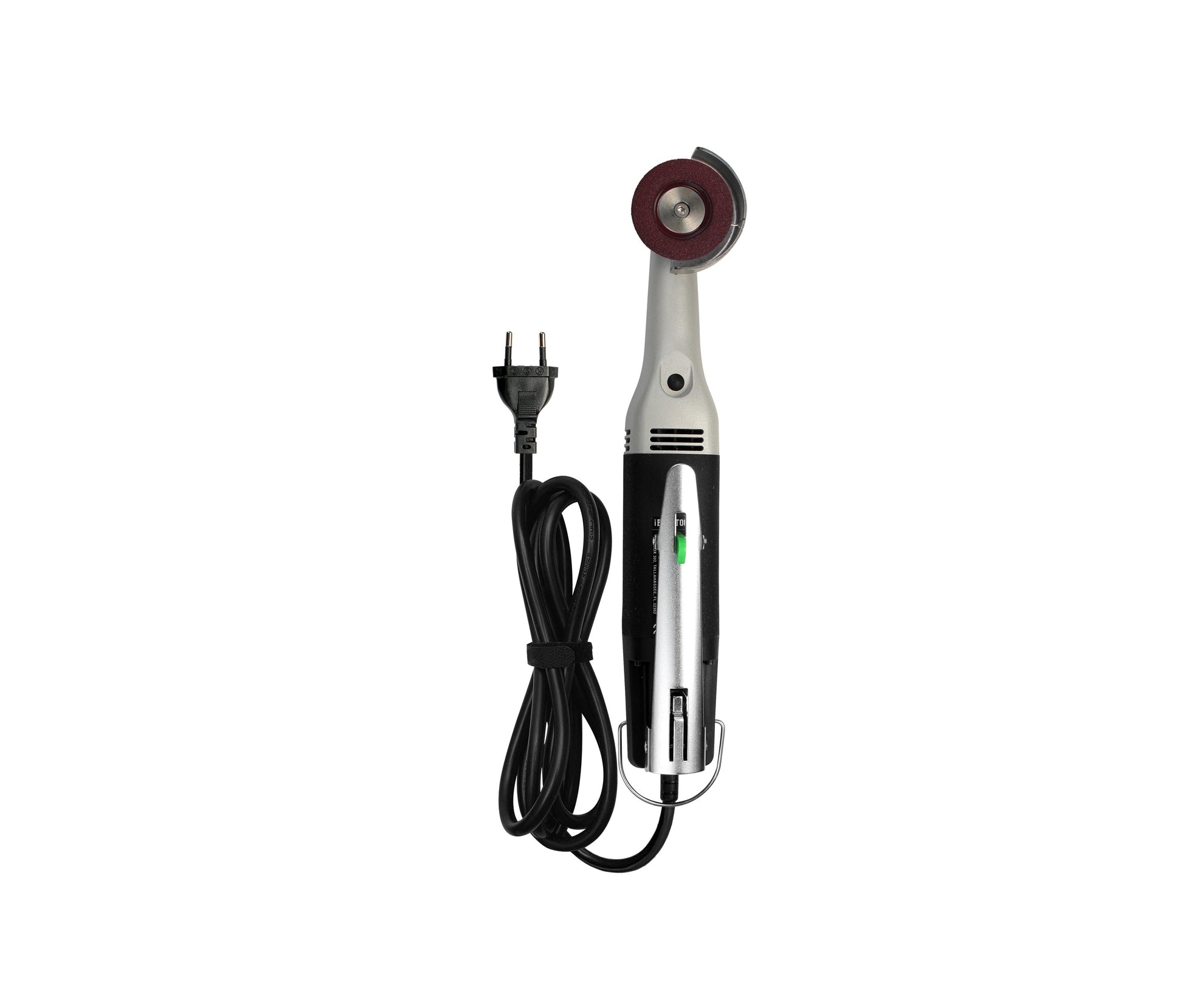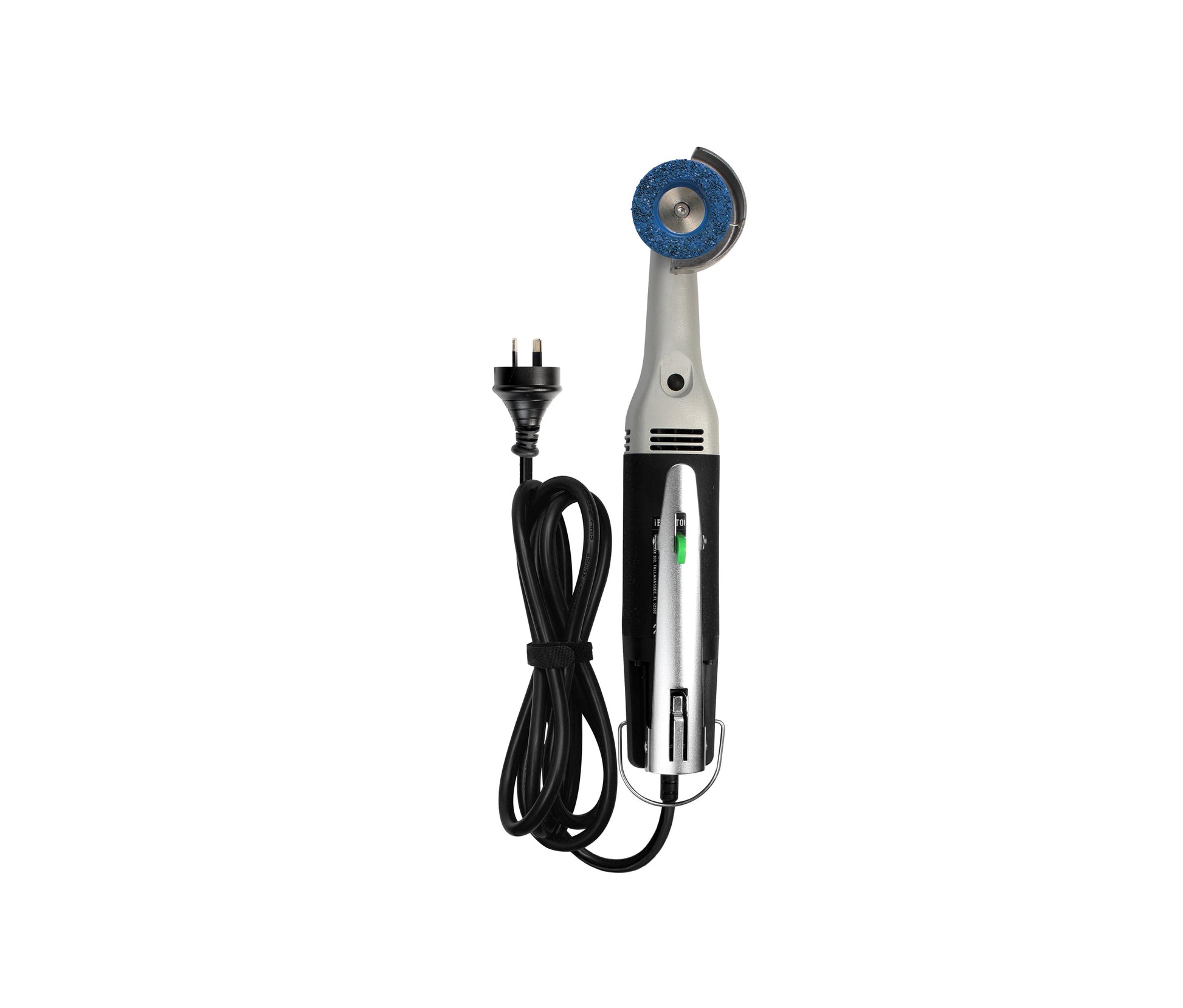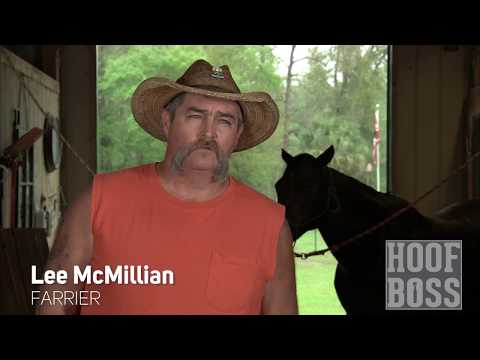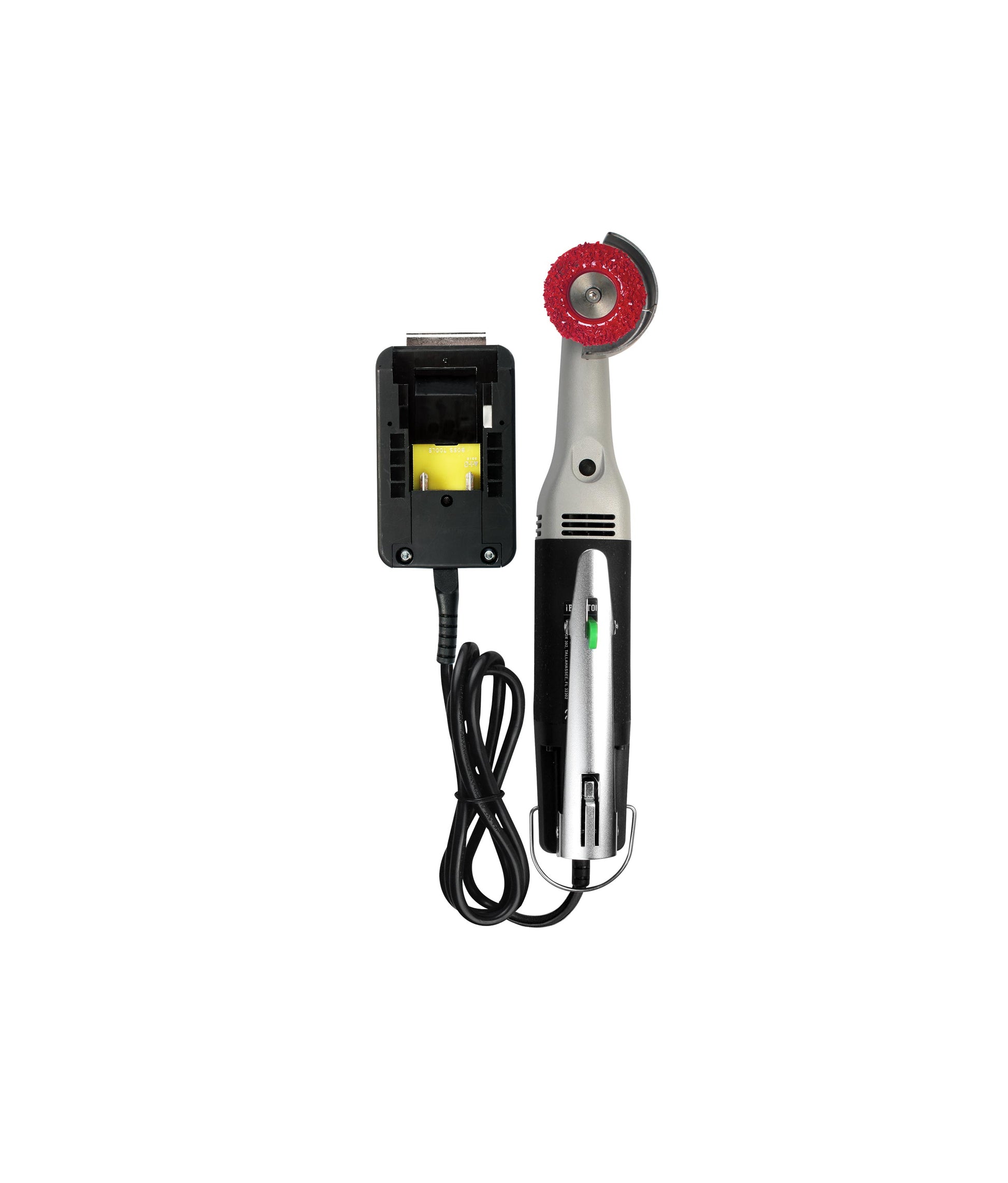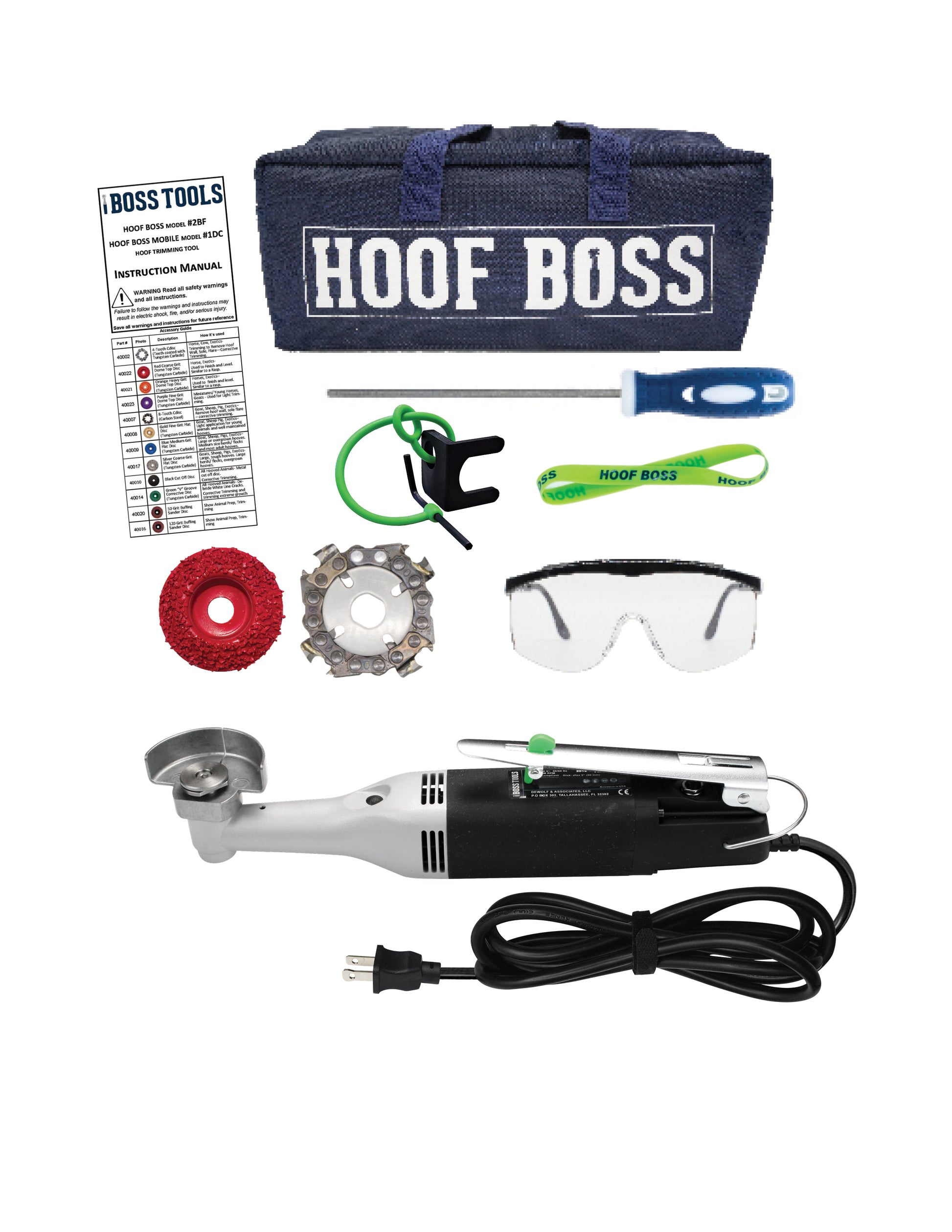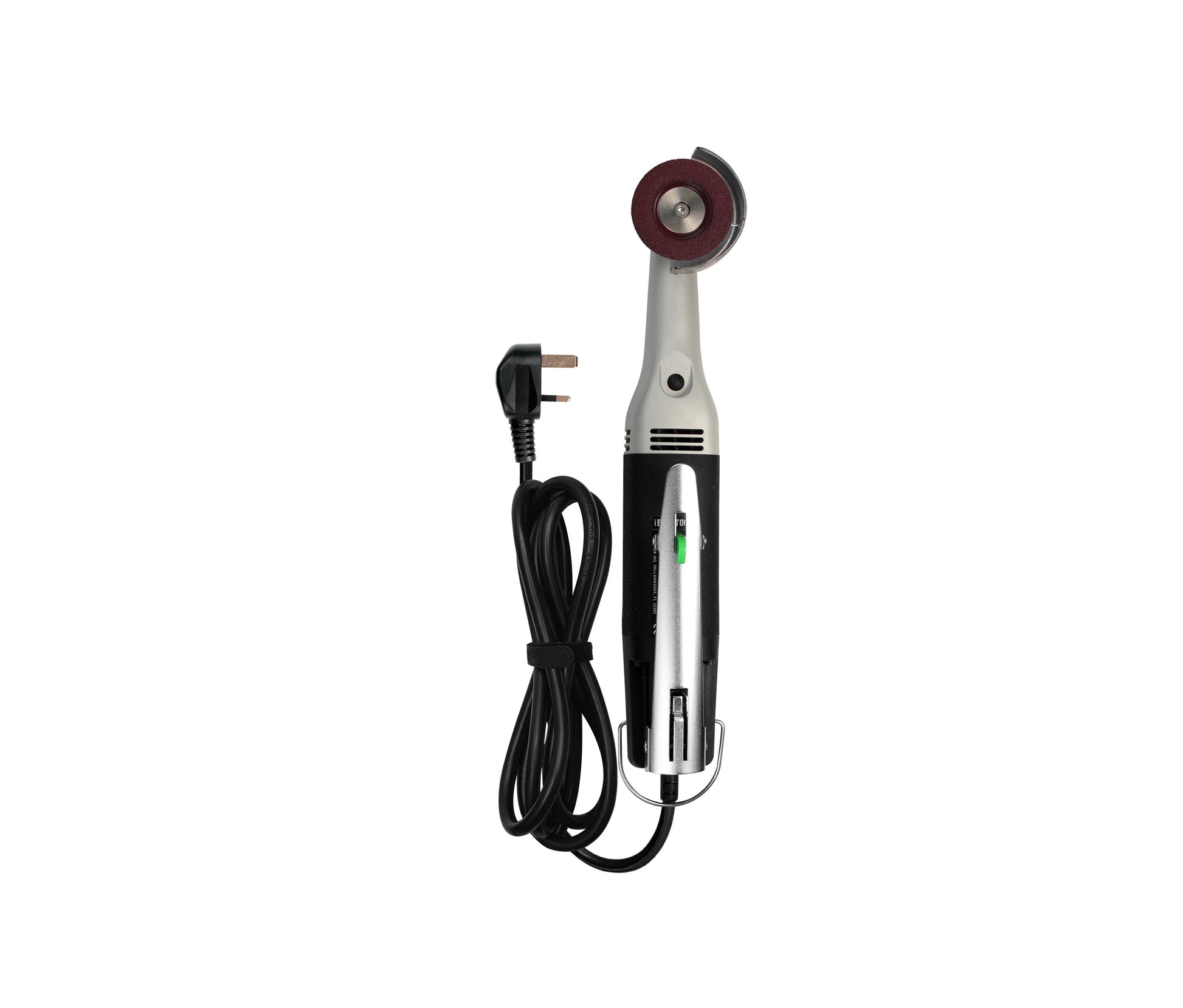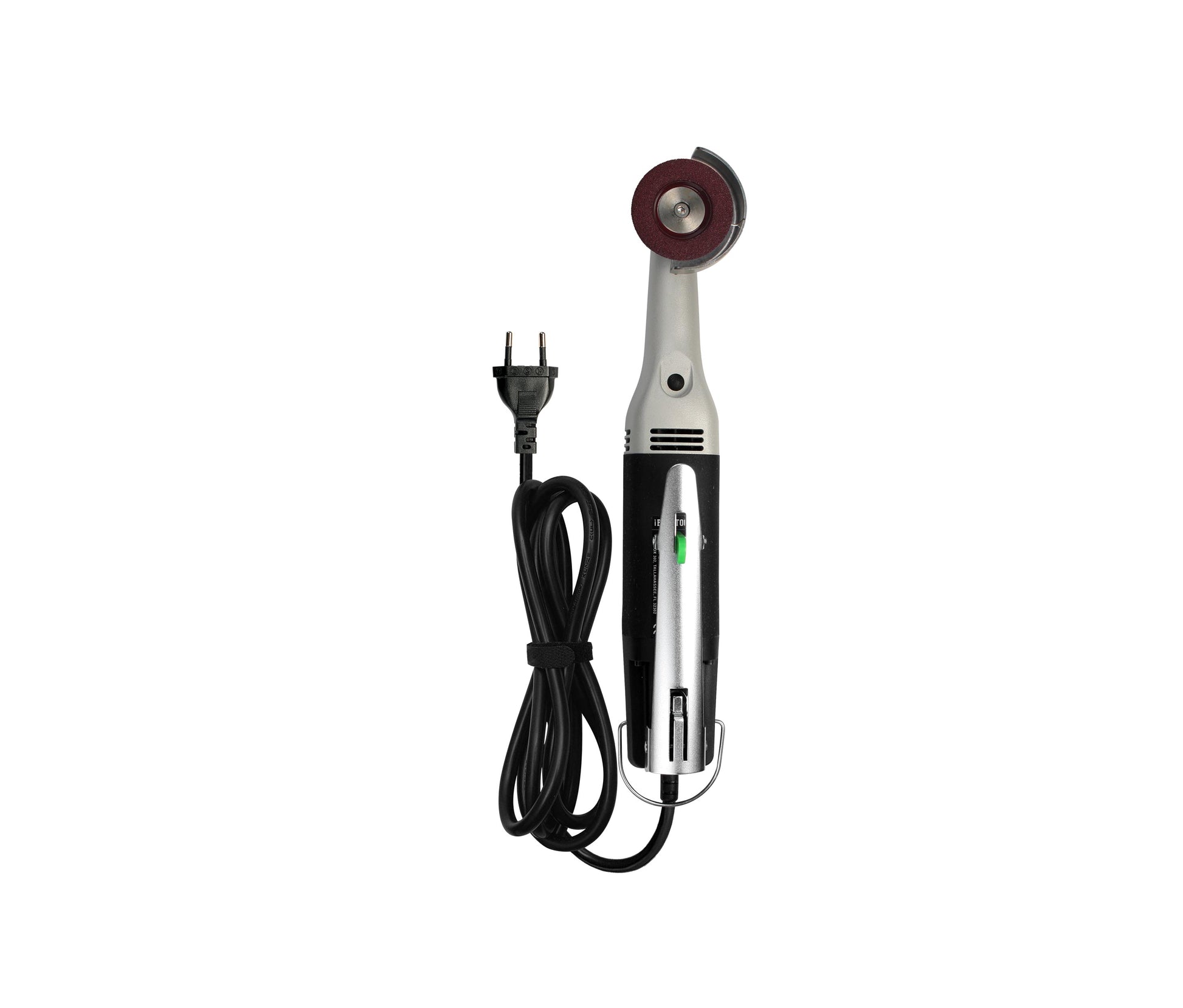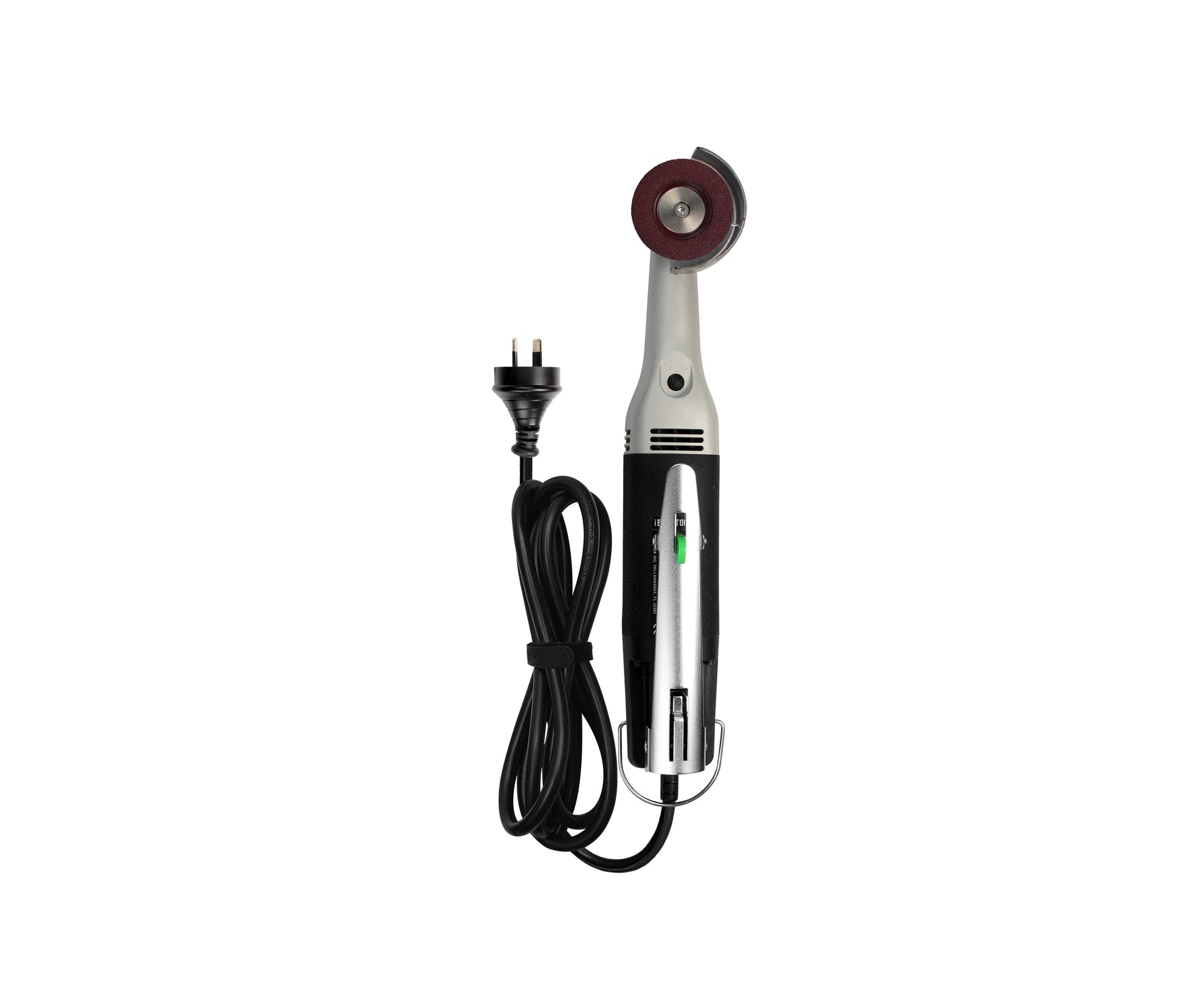How to Treat a Hoof Abscess in a Horse: Fast Relief, Full Recovery, and Long-Term Protection
Few problems sideline a horse faster than a hoof abscess. One day your gelding is sound; the next he’s three-legged lame, heat radiating from the hoof and a throbbing digital pulse pounding under your fingers. A hoof abscess is simply trapped bacteria and pus looking for an exit—but until you give it one, the pressure can be excruciating. With the right approach you can bring relief within 24–48 hours and keep new abscesses from forming.
Why Acting Quickly Matters
-
Relieves intense pain and restores soundness within days
-
Prevents the abscess from migrating up the hoof wall and bursting at the coronary band (a slower, messier route)
-
Cuts the risk of secondary infections such as white-line disease
-
Saves training time, competition fees, and vet bills
8-Step Plan: How to Treat a Hoof Abscess in a Horse
-
Confirm the diagnosis. Your vet or farrier uses hoof testers to localize the pain; a thermal camera or radiograph can pinpoint a deeper pocket.
-
Locate and open the tract. With the Hoof Boss Equine Trimming Set on a fine disc, pare the sole carefully until black necrotic material appears—stop as soon as you achieve drainage; never create a large hole that weakens the sole.
-
Soak the hoof. Immerse the foot in very warm water mixed with Epsom salt (2 cups per gallon) for 15 minutes to draw out debris and soften surrounding horn.
-
Disinfect thoroughly. Flush the tract with a 2 % iodine or chlorhexidine solution; repeat until the fluid runs clear.
-
Pack the cavity. Fill the draining tract with an Ichthammol-soaked gauze or a magnesium-sulfate drawing salve, then apply a sterile pad.
-
Bandage and protect. Wrap the hoof with cohesive bandage and cover it with a clean hoof boot or duct-taped diaper to keep bedding and manure out; change the wrap every 24 hours.
-
Monitor and medicate. Check digital pulse and heat twice daily; most horses walk 90 % sound within two days. Use NSAIDs (phenylbutazone or flunixin) per veterinary direction to control inflammation. Systemic antibiotics are rarely needed unless the infection tracks into deeper tissue.
-
Transition to turnout. Once drainage stops and the sole keratinizes (usually 4–7 days), remove the boot, bevel the edges with the Hoof Boss, and move the horse to a dry paddock. Schedule a full trim to balance the foot and close any white-line separations.
Tools & Supplies You’ll Need
Gather a bucket deep enough for soaking, Epsom salt, warm water source, the Hoof Boss Equine Trimming Set with fine disc, hoof knife or loop knife for delicate work, disposable gloves, iodine or chlorhexidine solution, Ichthammol or drawing salve, sterile gauze, cohesive bandage, a hoof boot or sturdy duct tape, and NSAIDs prescribed by your veterinarian. Having everything at arm’s reach keeps the process low-stress for both handler and horse.
Prevention in Plain English
Keep stalls dry and pick hooves daily so urine-soaked bedding and gravel don’t invade the white line. Balance trims every 4–6 weeks with your Hoof Boss to avoid long toes and flares that pry the wall away from the sole. During wet seasons, apply a non-caustic sole sealant twice weekly, and feed adequate copper and zinc to strengthen hoof horn. Horses that chronically abscess often have subtle imbalances—work with your farrier to correct mediolateral angles before bacteria find the next weak spot.
FAQ
Do I always need a vet? If you cannot locate drainage with light paring, if lameness persists after 48 hours of soaking, or if swelling travels above the fetlock, call your vet for radiographs and deeper debridement.
Can I skip the soak and just turn out? Soaking softens the sole so pus escapes quickly; skipping it can lengthen recovery by days and risk an upward blow-out.
When can I ride again? Once the horse is 100 % weight-bearing, the drainage hole has hardened, and your farrier has replaced lost sole—typically 7–10 days—light work is safe.
Final Thoughts
A hoof abscess feels like a migraine in your horse’s foot, but with swift, methodical care—and an ergonomic tool like the Hoof Boss Horse Trimming Set—you can turn agony into relief in a single evening. Stock your barn with the supplies above, master the 8-step plan, and keep your partner sound for the long ride ahead. Shop Horse Hoof Care Tools and make hoof emergencies a short-lived inconvenience, not a season-ender.
